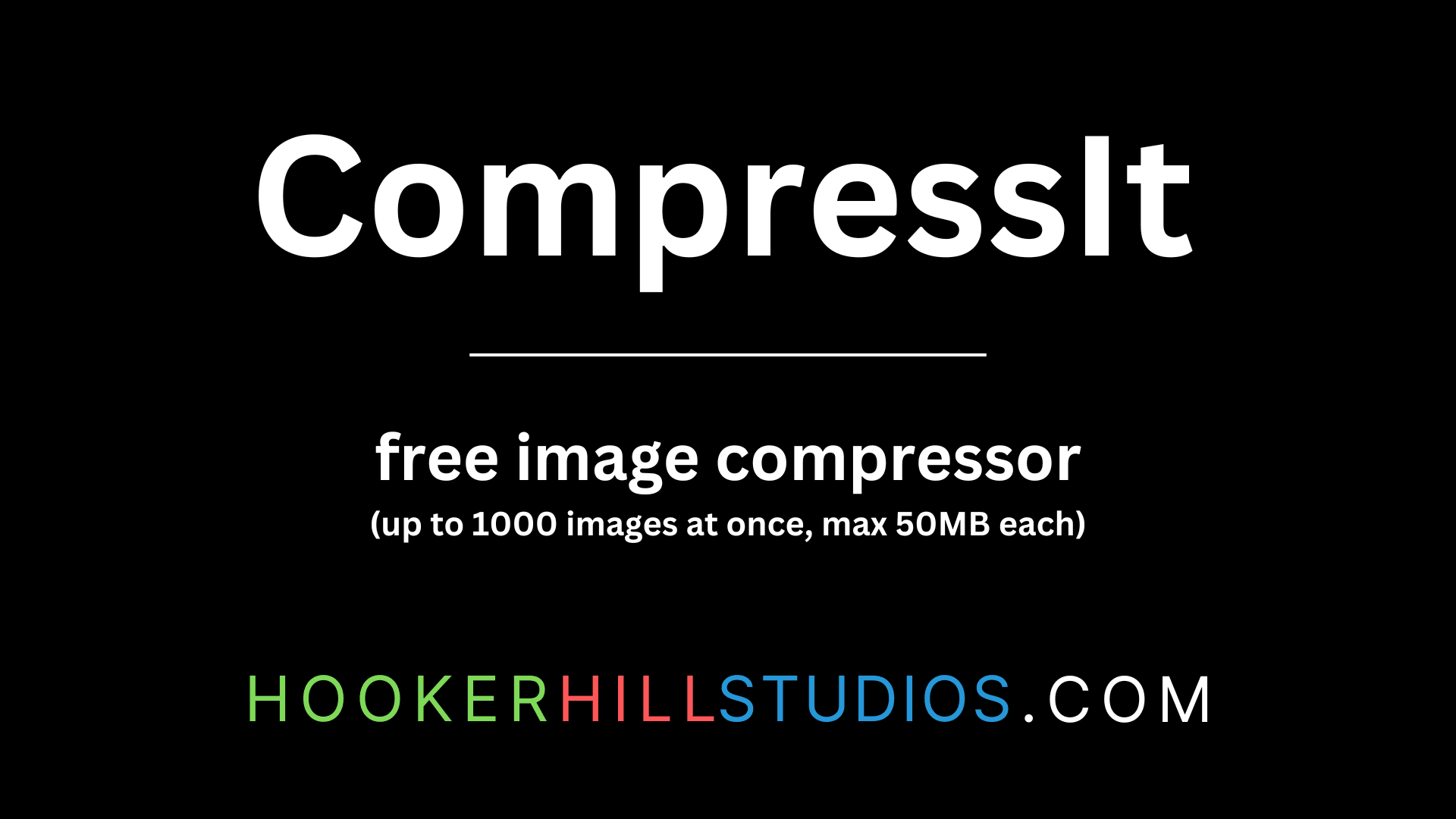How to Get Sitelinks in Google Search Results: Proven Tips

Table Of Contents
- How to Increase the Chances of Getting Sitelinks in Search Results
- 1. Optimize Your Website Structure
- 2. Focus on Internal Linking
- 3. Create a Clear XML Sitemap
- 4. Leverage Structured Data (JSON-LD)
- 5. Use Descriptive Meta Titles and Descriptions
- 6. Build a Strong Brand Presence
- 7. Monitor and Improve Using Google Search Console
- Conclusion
How to Increase the Chances of Getting Sitelinks in Search Results
Sitelinks are additional links that appear under some search results in Google, providing users with quick access to important sections of a website. These links not only increase the visibility of your site but also improve your click-through rate (CTR) and enhance your brand’s credibility. However, sitelinks are not something you can manually set in Google Search Console; they are automatically generated by Google’s algorithms based on your site structure and content.
In this guide, we'll explore actionable steps to increase your chances of getting sitelinks in search results, including the use of structured data, website optimization, and best practices for internal linking.
1. Optimize Your Website Structure
A well-structured website is one of the key factors Google looks at when deciding whether to show sitelinks. If your site's architecture is confusing or hard to navigate, Google's crawlers may not find it logical enough to present sitelinks.
Best Practices for Website Structure:
- Hierarchy: Ensure your website has a clear, logical hierarchy. There should be a smooth flow from the homepage to category pages, subcategories, and individual pages.
- Main Navigation: Use clear and concise labels for the items in your navigation menu. Avoid using generic terms like “Products” or “Services.” Be descriptive so Google understands what each section of your site is about.
- Breadcrumbs: Implement breadcrumbs to show the relationship between pages, making it easier for Google to understand your site’s structure.
Example of a clear hierarchy:
Homepage > Blog > SEO Tips > How to Get Sitelinks2. Focus on Internal Linking
Google uses internal links to understand the relative importance of pages on your website. To increase your chances of getting sitelinks, make sure your important pages are well-linked from other parts of the site.
Internal Linking Tips:
- Link to High-Value Pages: Make sure your most important pages (like the homepage, services, or popular blog posts) are internally linked from various parts of your website.
- Use Descriptive Anchor Text: Avoid using generic anchor text like "click here." Instead, use descriptive anchor text that gives context about the page you're linking to. For example, "Read our guide on increasing sitelinks" is better than "Learn more."
- Flat Architecture: Minimize the number of clicks it takes to reach important pages from the homepage. Ideally, users (and crawlers) should be able to access key pages within two or three clicks.
3. Create a Clear XML Sitemap
An XML sitemap helps Google crawl and index your website effectively. It acts as a roadmap of your website, ensuring that all important pages are indexed. You can use an XML sitemap generator or plugins if you're using platforms like WordPress.
Tips for Your Sitemap:
- Submit the Sitemap to Google Search Console: After creating your XML sitemap, submit it to Google Search Console to ensure it’s regularly crawled.
- Exclude Irrelevant Pages: Only include the most important pages that you want to appear in search results. Excluding low-value pages, such as tag archives or irrelevant pages, can prevent Google from indexing unnecessary parts of your site.
4. Leverage Structured Data (JSON-LD)
Structured data helps Google understand your website content better. By using schema markup (such as JSON-LD), you can provide search engines with detailed information about your pages. This can indirectly improve your chances of getting sitelinks by making your site easier to parse and understand.
advertisement
Implementing JSON-LD for Breadcrumbs
Breadcrumb structured data helps Google understand the hierarchy of your website and provides users with a better understanding of the structure of your pages in search results.
Here's an example of how to implement JSON-LD for breadcrumbs:
{
"@context": "https://schema.org",
"@type": "BreadcrumbList",
"itemListElement": [
{
"@type": "ListItem",
"position": 1,
"name": "Home",
"item": "https://example.com/"
},
{
"@type": "ListItem",
"position": 2,
"name": "Blog",
"item": "https://example.com/blog/"
},
{
"@type": "ListItem",
"position": 3,
"name": "SEO Tips",
"item": "https://example.com/blog/seo-tips/"
},
{
"@type": "ListItem",
"position": 4,
"name": "How to Get Sitelinks",
"item": "https://example.com/blog/seo-tips/get-sitelinks/"
}
]
}Make sure to include this structured data in the <head> section of your HTML. This informs Google of your site’s hierarchy and helps them to generate sitelinks more effectively.
Additional JSON-LD Schema Types:
- Site Navigation Schema: Define key sections of your website in structured data. Use the WebSite and WebPage schema to inform Google about important sections, which can enhance your sitelinks.
{
"@context": "https://schema.org",
"@type": "WebSite",
"url": "https://example.com",
"potentialAction": {
"@type": "SearchAction",
"target": "https://example.com/search?query={search_term_string}",
"query-input": "required name=search_term_string"
}
}5. Use Descriptive Meta Titles and Descriptions
Meta titles and descriptions are critical because they tell both Google and users what each page is about. Well-crafted titles and descriptions help Google understand the structure of your site, which can lead to more accurate sitelinks.
Tips for Meta Titles and Descriptions:
- Be Descriptive: Clearly describe the content of each page. Avoid using the same meta title and description for multiple pages.
- Keep It Short and Relevant: Titles should generally be under 60 characters, and descriptions should be concise while clearly stating what the page is about.
- Avoid Duplication: Each page should have a unique title and description to avoid confusing Google.
6. Build a Strong Brand Presence
Google tends to show sitelinks more frequently for websites with strong brand recognition. To build a strong online presence, focus on the following:
- Consistent Branding: Ensure your brand name is consistent across all your online profiles, including social media, your website, and directories.
- Quality Backlinks: Build authoritative backlinks to improve your site's trustworthiness and relevance in Google's eyes. Focus on gaining links from high-authority domains in your niche.
- Engagement: Increase user engagement by posting quality content and interacting with your audience through comments, social media, or forums.
7. Monitor and Improve Using Google Search Console
Google Search Console provides valuable insights into how your site is performing in search results. You can see if sitelinks are being displayed for your site and identify areas for improvement.
Key Features in Google Search Console:
- Sitelink Search Appearance: Check if sitelinks are appearing and see which pages Google is choosing for sitelinks.
- Crawl Errors: Ensure there are no crawl errors that could prevent Google from accessing important pages.
- Performance Data: Look at CTR and other metrics to understand how users are interacting with your site and optimize accordingly.
advertisement
Conclusion
Although Google ultimately decides whether or not to display sitelinks, you can increase your chances by optimizing your website’s structure, using internal linking effectively, leveraging structured data (such as JSON-LD), and focusing on a clear user experience. By following the best practices outlined in this article, you’ll enhance your site’s SEO and improve its overall visibility in search engine results.
About the Author

Hi, I'm Jared Hooker, and I have been passionate about coding since I was 13 years old. My journey began with creating mods for iconic games like Morrowind and Rise of Nations, where I discovered the thrill of bringing my ideas to life through programming.
Over the years, my love for coding evolved, and I pursued a career in software development. Today, I am the founder of Hooker Hill Studios, where I specialize in web and mobile development. My goal is to help businesses and individuals transform their ideas into innovative digital products.
Read Recent Articles
Recent Articles
View All
CompressIt - Fast & Efficient Image Compression Tool for Web Optimization
December 02, 2024




to join the conversation